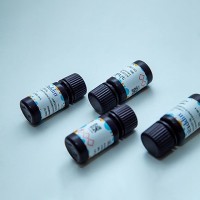In Vivo Measurement of Helicobacter pylori Infection
互联网
689
Helicobacter pylori is a well-recognized gastroduodenal pathogen (National Institute of Health Consensus Conference, JAMA 272:65–9, 1994) and a class I carcinogen (International Agency for Research on Cancer, IARC Monograph on the Evaluation of Carcinogenic Risk to Humans 61:177–240, 1994) which successfully colonizes the harsh acidic environment of the stomach. H. pylori is the causative factor for peptic ulcer disease (PUD) and an independent risk factor for gastric adenocarcinoma development. Therefore, accurate detection of infection is crucial for devising proper eradication regimens and preventing the more severe GI complications.
Detection of H. pylori in the gastric mucosa can be performed via (1) direct detection of the bacterium; culture, histology and polymerase chain reaction (PCR) or (2) indirect detection of its enzymatic products particularly urease as well as serum H. pylori -specific antibody responses, which can be detected by rapid urease test (RUT) and serology, respectively.
The accuracy of these diagnostic tests is reported as follows: 98.1% for bacterial culture, 98.1% for histology, 94.3% for PCR, 96.2% for RUT, and 84.9% for serology (Ni et al, J Pediatr 136(6):823–7, 2000).








